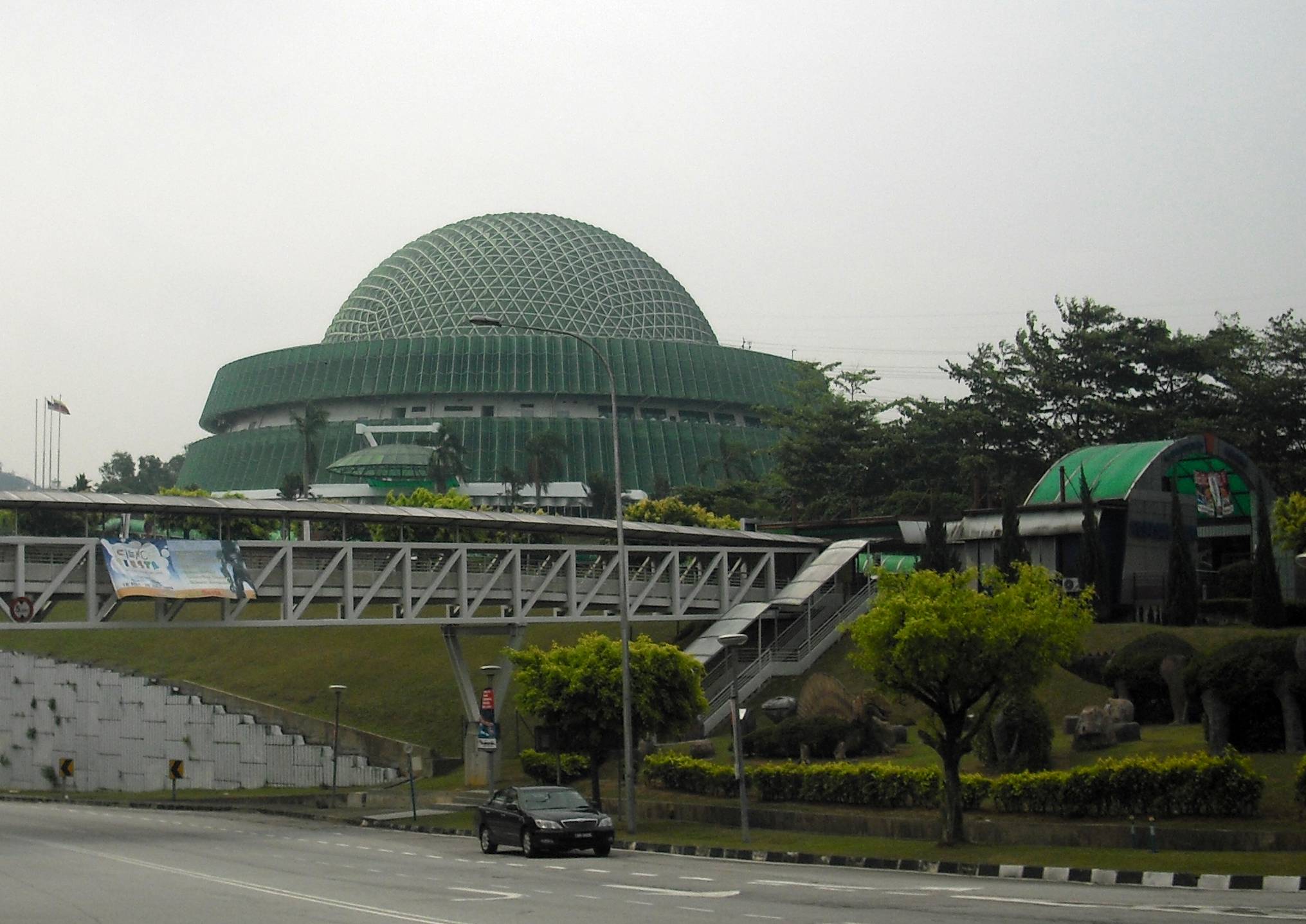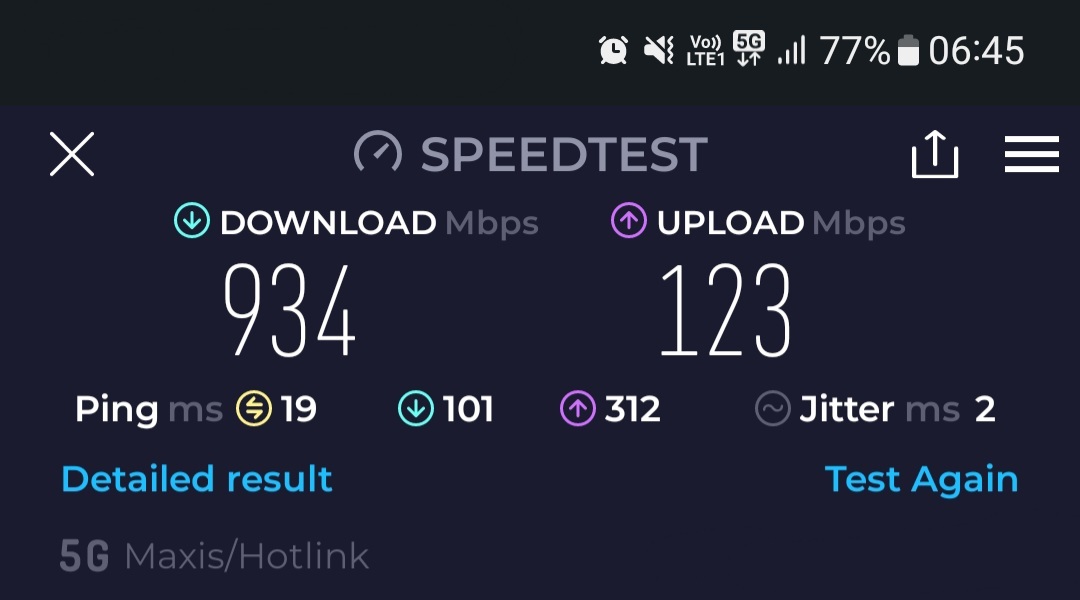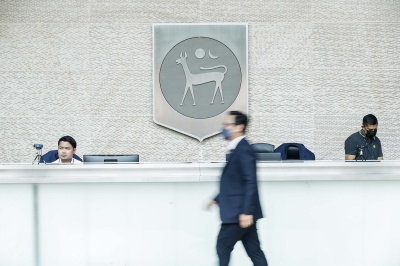Try reheating on low power for longer duration, like 10mins or more.
- 2 Posts
- 31 Comments

 2·10 months ago
2·10 months agoI’m more shocked to learn that MV has opened for 25 years already… Now I feel old…

 1·10 months ago
1·10 months agoChat for one year. Got meet up IRL before?
Kubuntu on my main while I set up my Proxmox VE home lab. Plasma is superbly customisable, but there’s something about Gnome that’s so pleasing to the eyes that makes me look up ways to make Gnome work for me.
I have decided that xRDP is how I want to access my VMs (the only protocol that I’m able to reliably get multi display to work without additional configurations), so that’s my bare minimum requirement for now. The test Debian VM I had straight up would not install the xRDP Easy Install script.
Switched to Linux (on my spare laptop) because that’s what the programming tutorial I was following at that time recommended (though I’ve had experience with Ubuntu on and off before this). Such a delightful experience setting up programming stuff on Linux compared to Windows (I know WSL exists, but I like to keep my environments separate). Now my Linux spare laptop is my main PC, while I’ve barely turned on my “main” Windows laptop lately. Helps that my entertainment is mainly YouTube and not much gaming, though I played a few steam games on it before with a few quirks.
Big news in sports today: Shohei Ohtani goes to the Dodgers!!!
Yep, the currently available PRS funds are in general not great investments for the price you pay (in TER), by virtue of them being mostly Malaysia-centric stock pickings. They are basically Malaysia-themed mutual funds. I’ve not studied every PRS fund, but most of them do not beat their declared benchmark (most benchmark to FTSE-Bursa Emas Index), or they put a very low bar for themselves (an index comprising a combination of 12-month FD board rate and KLSE) despite being an equities fund.
I’ve been max-ing out my PRS allocation for the past 3 years. The moment the tax relief for this ends in 2025, I will not be putting a single sen in it anymore.
On Versa PRS, I’m more concerned about the longevity of the platform. At the end of the day Versa is owned by Affin Hwang Asset Management (AHAM), so if Versa does not survive the robo-advisor war and is forced to close down, you most likely only need to relearn where to access it (most likely through AHAM’s present own fund investing portal).
The typical place ppl do their PRS shenanigans is on FundSuperMart (FSM).
You’re chasing for Versa’s 12% p.a. promotion on Versa Save? It’s basically RM100 for your troubles (12% for December on RM10,000). RM100 is 3.33% of the RM3000 PRS allocation, or 2 years’ worth of management fee. Better than nothing lah I guess.
https://www.ppa.my/prs-funds-information/
There’s no best. The ones with lowest management fees often have a sales charge. So you gotta evaluate whether you want to pay the fees up front, or let them chip away per year.
Take for example
AHAM PRS Growth -> No sales charge. 1.8% p.a TER.
AMPrs Growth D -> 3% sales charge. 1.5% p.a TER.The 0.3% TER difference will take 10 years to equalise. At face value, it’s better in the long run to pay the sales charge straightaway. However if one were to consider inflation of 3% per year, that initial 3% sales charge will be equivalent to 5.4% after 20 years (assuming the 3% sales charge you put into a 3% p.a FD, while the rest is invested at 0% growth).
The ‘growth’ style funds also tend to have higher TER, possibly due to the way they generate the “growth”-like performance by frequent trading.
Long story short: tax relief is not free, it’s being paid in the form of the TER and underperformance of the PRS fund you subscribe. Pick one and don’t look back.

 1·1 year ago
1·1 year agoA bit of fun with numbers: extrapolating this performance with the last dividend of 5.35%, this translates to dividend of 7% in 2024, before management fees.
Having just finished the latest Kluar Sekejap episode with Tun M, I must say, that guy sucks.
Someone probably feels the same about a hobby you’re obsessed about. Just the nature of hobbies.

 4·1 year ago
4·1 year agoThey aren’t doing this for the school students.

 1·1 year ago
1·1 year ago“Ceased operations” was a demonstration how little journalists/reporters know about the subject they are reporting on. In the world of chemical factories, “shutdown” does not mean “cease operations”.

 1·1 year ago
1·1 year agoPASPay Technology has since updated the app’s website with a pop-up notice which said that users can obtain MyOnePAS from both Google Play Store and Apple App Store by the end of November 2023.

 2·1 year ago
2·1 year agolol I’ve been observing how the various news outlets report this item. Almost all of them demonstrated that they do not understand what’s going on. A “shutdown” is basically when a plant stops operations to perform periodic maintenance or upgrading works. Using the word “temporary” is just a cover-ass phrase to say “I think they are going to end businesses (because that’s what I think that word means, and also that will bring in the clicks), but their press release says it’s not long term…? Let’s be safe and cover both cases.” Shutdowns are by its very own nature, temporary. It’s like saying “permanent death”. Inb4 “transitory inflation”.
Paling funny is one headline that reads along the lines of “Lynas shuts all operations in Malaysia…”. I kek.

Yesterday kutuk why 5G, today stimmix with Hotlink 5G. Though annoyingly it keeps switching between 4G and 5G when I’m sitting still, and office smack on the center of KL.

Hotlink/Maxis finally has 5G, but at RM5 per month. Whatever happened to 5G being cheaper than 4G or whatever propaganda it was before this? If cheaper, why need extra pass just to access the network…?
More like sushi-shaped Malaysian treats.

 1·1 year ago
1·1 year ago*RM1 service fee applies per investment transaction.
I’m not sure it’s just the mere heating of the food via an extremely heated surface. J Kenji Lopez Alt opined that wok hey is the result of singed fat from the high heat output burner, where oil vapours combust and deposit as soot on the surface of the food. The other school of thought is that wok hey is the “licking” of the flame (as opined by Lucas Sin) when the food is tossed in the wok in a rocking motion over it’s boundary where the food is momentarily exposed to the literal flames of the burner, singeing it in the process. Some practitioners simulate this by applying a butane torch (the ones used to make aburi sushi) to the food surface if they do not have access to a high BTU burner.




Being someone that had a brush with CKD, I would blame our diet and more generally our philosophy around food. I wasn’t told that it’s abnormal to finish every drop of soup/broth (I paid for it afterall??!) in a soupy meal (think ramen, Maggie sup, curry laksa, etc) until upon reflection during treatment. The killer in CKD isn’t the sodium (though it certainly doesn’t help) but the purines. The tastier and more umami the broth has, the more purine it has. Purines lead to elevated uric acid, which strains the kidney.
Uric acid is also one of those blood test indicators that don’t get enough (or any, for that matter) attention. Rummaging thru my old records, I found out that my uric acid exceeded the high point basically since the first blood test I did in living memory (which is about secondary school time). And no doctor ever gave attention to it. Hari hari cholesterol saja nak sembang.
FWIW, I’m a skinny bugger, which makes it even more dangerous because nobody is warning us skinny buggers to “eat less” or “watch what I eat”. And I do eat a lot and I eat everything.